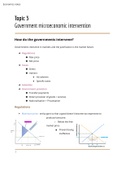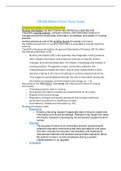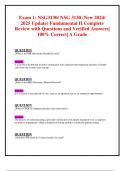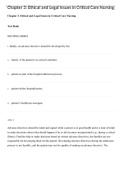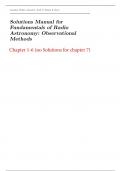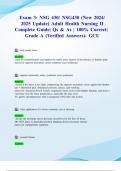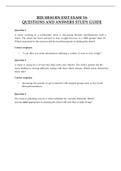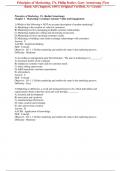Summary
Summary Cambridge International AS & A Level Eco, ISBN: 9781107679511 Unit 3 - Government intervention in the price system (9708)
- Course
- Institution
- Book
These documents include the whole summary for Topic 3:Government microeconomic intervention of Economics (CIE). The summary includes the most important key terms and concepts needed for sitting the exam. Also, there is a big range of brief, detailed information that will help you understand the top...
[Show more]
